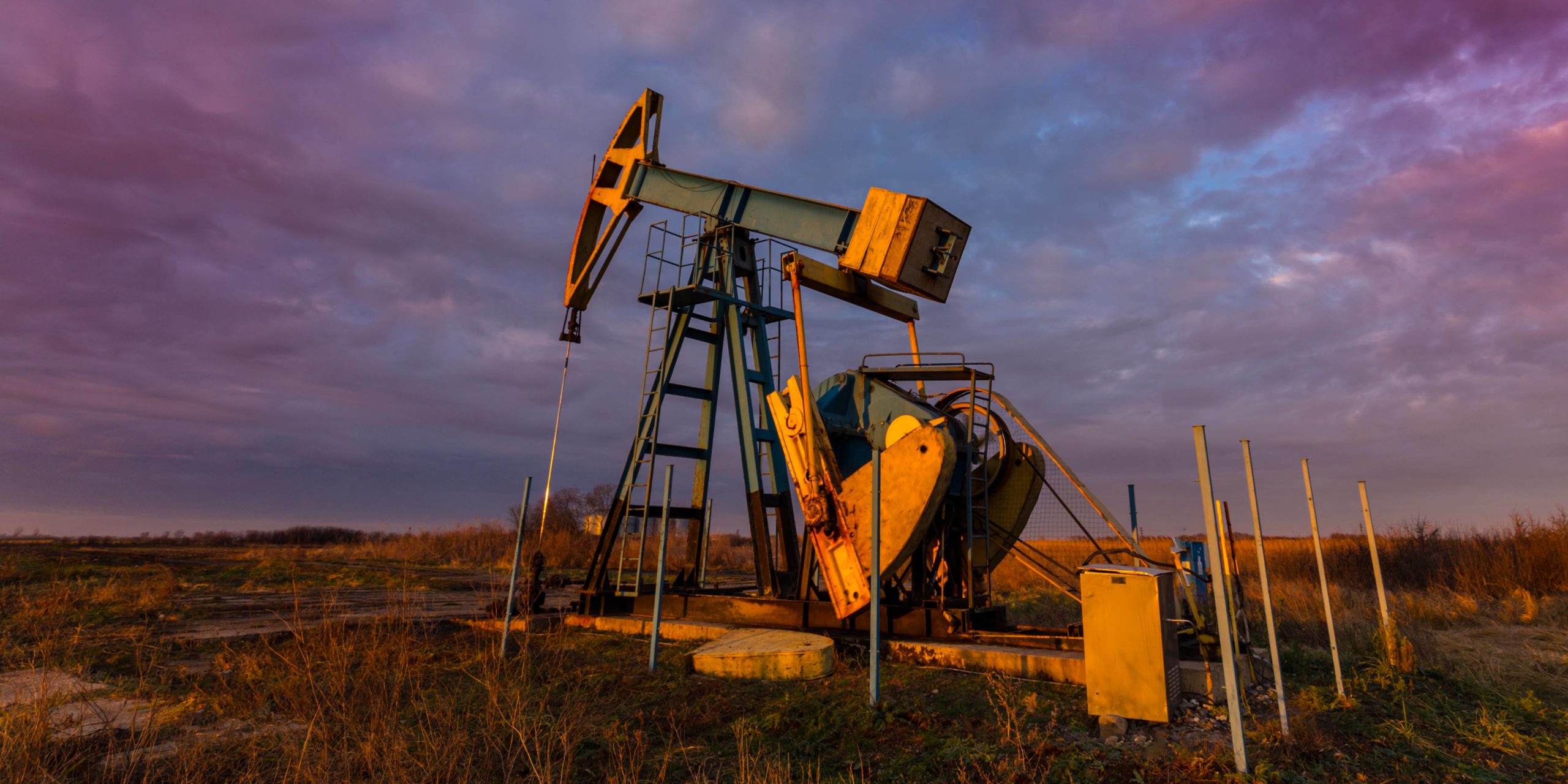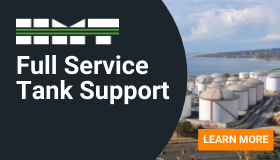Most US shale producers are being conservative in their production and capital guidance, as priorities remain around protecting balance sheets and generating free cash flow.
For many operators, this has led to a drawdown of drilled but uncompleted (DUC) inventory wells in the past six months, to reduce capital expenditure while maintaining production levels.

US domestic production is currently averaging around 11,000 million bpd, accounting for at least 74 percent of the input into refineries. Net import volume remains relatively stable, averaging at 2,900 million bpd in 2021 compared to 2800 million bpd in 2020, but remain lower than the pre-pandemic level of 3850 million bpd in 2019. This is mainly due to a build-up of petroleum products stock inventory that has been used to meet some of the increase in demand.
Steven Ho, upstream oil & gas analyst at GlobalData, said: “Uncertainty around the pace of economic recovery in some regions due to the Delta variant, and OPEC+’s decision to gradually increase output throughout 2021, is expected to restrict oil price. However, at least a third of US unconventional production is protected against a drop in price due to producers hedging strategies that are in place for the remainder of 2021.
“At the same time, this means that some operators are not able to benefit whenever there is a higher-than-expected spot price, as their hedging effectively puts a cap on the maximum price they can fetch.”
Throughout the pandemic, US shale producers have behaved rather conservatively with respect to production levels and, more importantly, they have not reacted too quickly to the increase in oil price.
Operators are now utilizing their DUCs inventory to maintain production level, as well as protecting capital spending as their preferred strategy. As a result, the number of rigs in operation has not reacted as strongly to the price rally, as in other past instances of a price recovery. Shale producers also recognize the volatility in the oil and gas market and are encouraged by investors to hedge their production. This will protect them against a downside risk, while also capping the maximum price at which they sell their production.
For more information visit www.globaldata.com















